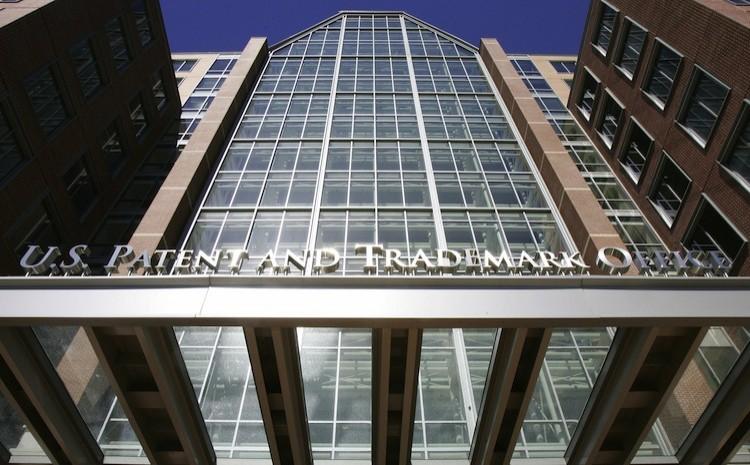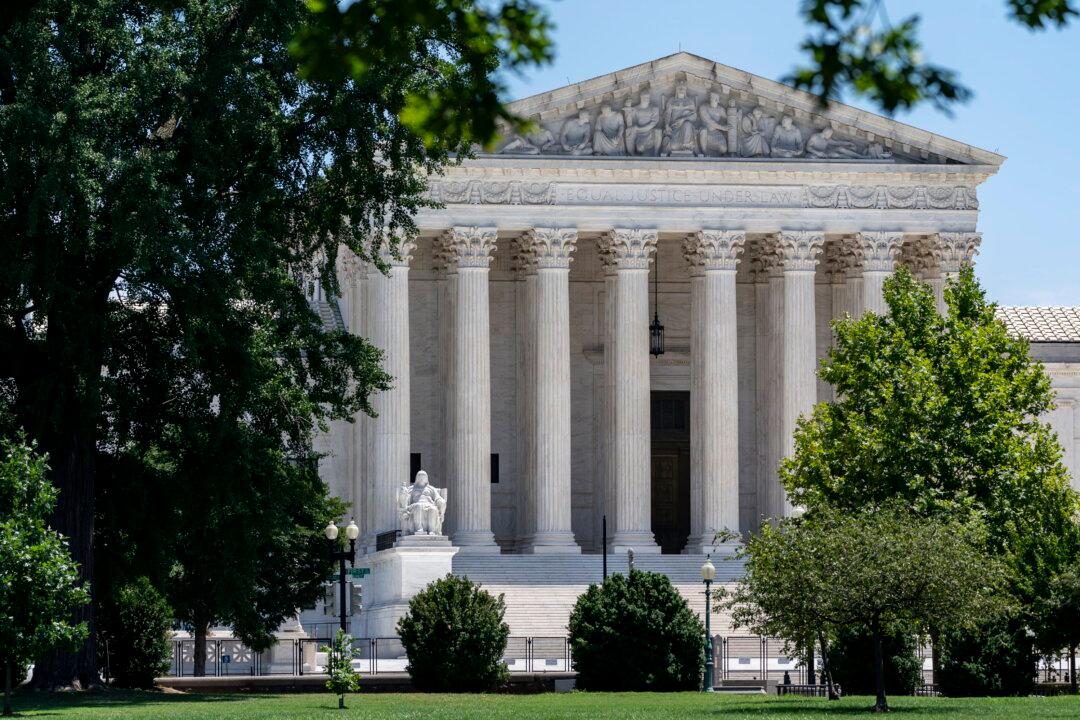Commentary
On Dec. 11, Sens. Mazie Hirono (D-Hawaii), Thom Tillis (R-N.C.), and Chris Coons (D-Del.) sent a letter (pdf) to Andrei Iancu, director of the U.S. Patent and Trademark Office, requesting an inquiry into whether “qualified women are unnecessarily excluded from membership in the ‘patent bar.’” In other words, is there a systemic, purposeful exclusion of women from practicing patent law?





